I arrived in the chilly UK on 18 January and after a lightning tour of London, I headed out to Milton Keynes, a new town/city by British standards, made obvious by its abundant use of traffic circles! Milton Keynes is home to The Open University (OU) where I will be spending 2 and a half weeks as part of my open fellowship with the OER Research Hub (OERRH), housed within the Institute of Education Technology (IET). (Only when I arrived here did I start to figure out how all these abbreviations fit together!)
Although I had a basic overview of the history of The OU and more specifically the aims of the OERRH, this first week has been an excellent opportunity to gain a deeper understanding of the critical role that the OU has played in distance and online learning and educational research. This must be one of the quietest university campuses due to the fact that their 200 000 strong student cohort is scattered across the world, studying online.
I am currently the Content Coordinator at Siyavula Education, based in Cape Town, South Africa. Siyavula is focused on developing open educational resources for K-12 STEM subjects, supporting technological tools and software, and building and supporting communities of practice to improve education in South Africa. Our core subjects are Maths and Science. I first started out as a volunteer at Siyavula on the Life Sciences project (watch a short vidoe here). I then moved on to coordinate the production of new OER titles for Gr 4-6 Natural Sciences OER in 2012 (see the Thunderbolt Kids website) and Gr 7-9 Natural Sciences OER in 2013. I have experience in OER development and adaptation and working with volunteers, educators and government officials in the process. I am passionate about making science education engaging and stimulating for learners and educators, and most importantly, openly accessible.
At Siyavula, we have been completely focused on the production of our OER titles and grappling with the challenges of getting a sustainable start-up off the ground (of which our directors are doing an amazing job!), that we have not had much of an opportunity to take a step back and assess the impact of our work. I then started chatting to the OER Reserach Hub towards the end of last year and have since entered into an open fellowship with them. Being a part of this programme and working with the OERRH has given us at Siyavula this space and access to the expertise in open research.
The purpose of this study will be to collect evidence on Siyavula and the use of our textbooks by K-12 educators, learners and officials in South Africa. In addition to this, I would like to do a case study on the translation of the Siyavula Gr 4-6 Natural Sciences workbooks into isiXhosa to support learners in rural areas in the Eastern Cape province in South Africa. The OER Research Hub hypotheses associated with this proposal are:
- Hypothesis B – OER allows different usage
- Hypothesis C – OER increases access to education
The Siyavula textbooks have been printed and distributed by the South African national government for all learners in government schools. We currently have about 10 million copies of our books in circulation in South Africa! Not only this, but we have several hundered thousand learners accessing our content each month over mobile phones on through a popular chat room service in South Africa, called Mxit.
The objective of this research is to assess predominantly educators’ use of the Siyavula OER in the classroom, their perceptions of the open aspect of the resources (whether educators even know that our resources are under an open license) and whether they take advantage of this. We want to then determine whether the textbooks are having the intended impact (over and above cost savings) of allowing for different usage in classrooms and communities of practice. I think this research will play a significant role in helping Siyavula understand how our resources are being used since they have been distributed nationally. Furthermore, it will inform how we can improve our processes, design of and communication around the resources so that they have the maximum benefit to both educators and learners. At Siyavula, we want to find out how to make our content as accessible as possible to to serve a broader base of learners than traditional resources, and hopefully this will serve to inform other future OER developers.
The evidence collected in this research will be added to the OER Research Hub’s Impact Map in order to start to build a picture around the various hypotheses being tested about OER. I think one of the benefits of Siyavula participating in this research is that we provide a different context to where most of the current reserach is coming from. The majority of open education research is focused on higher education, and particularly in the US and UK, therefore this work will help clarify the role and potential of OER in K-12, as well as in developing countries (where I think OER has the biggest potential!). I was able to chat to Rob Farrow about the maps that he is designing and also learned about a really interesting map on OER policy, which is to be populated by April. Rob explained that the idea will be to then create a ‘heat map’ of the world to correlate countries where there is an OER policy in place and research evidence to either support or reject the hypotheses. I enjoyed chatting to Rob and hearing some of his more philosophical thoughts on open eductation and copy right in general!
This week I had the opportunity to meet with Patrick McAndrew, the prinicpal investigator of the OERRH, and since this year, also the director of the IET. As Professor of Open Education and with his leading role in over 40 projects and in the development of approaches to open and free learning, he was able to give me an insightful overview of The OU and its research. I hope, and am sure, that we at Siyavula will greatly benefit from being involved with and associated with Patrick and his team, especially as our slogan is ‘Technology-powered learning’!
Leigh-Anne Perryman and I chatted about the work we are both doing, and especially on the localization of OER. Leigh-Anne’s research at the OERRH is on the TESS-India project and I was intrigued to hear about their processes and challenges in localizing and adapting OER for 6 different states in 4 languages in India. I think we will have a lot to learn from each other in terms of adapting and localizing OER, especially as, although our content is already used elsewhere in the world, we at Siyavula aim for our content to travel beyond the borders of South Africa and be used within the rest of Africa.
Not only are the people within the IET building very interetsing and engaging, but so is the Jennie Lee Building itself, especially with its birghtly-coloured glass windows, open plan design and abstract expressionist paintings! Since being here, I found out about the Jennie Lee Research Labs on our ground floor, and have booked a tour with them next week to find out more about what they do. I think this will be fascinating, especially as we at Siyavula are looking into how to make our content more accessible, readable and interactive, using the technology available. I am also really hoping to visit one of the IET’s projects called the OpenScience Laboratory, which is developing ‘an international virtual laboratory for innovative practical science teaching’ which will ‘inspire students and transform access to the world of science.’ With our particular focus at Siyavula on Maths and Science, and my passion for making science education engaging for young learners, this really excites me!
I’m looking forward to what the next week here at the IET holds, as well as the next couple months as our research with the OERRH unfolds.



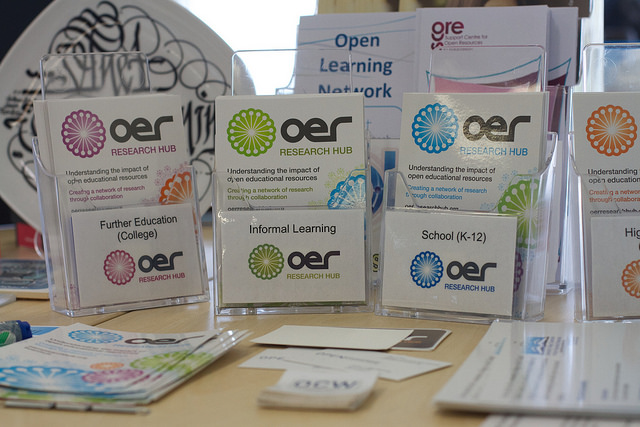
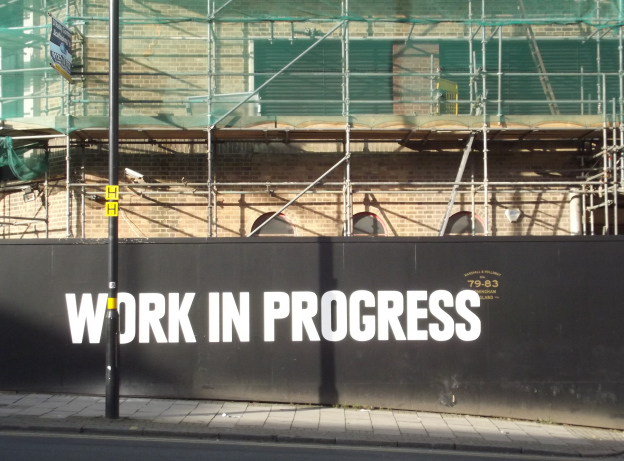
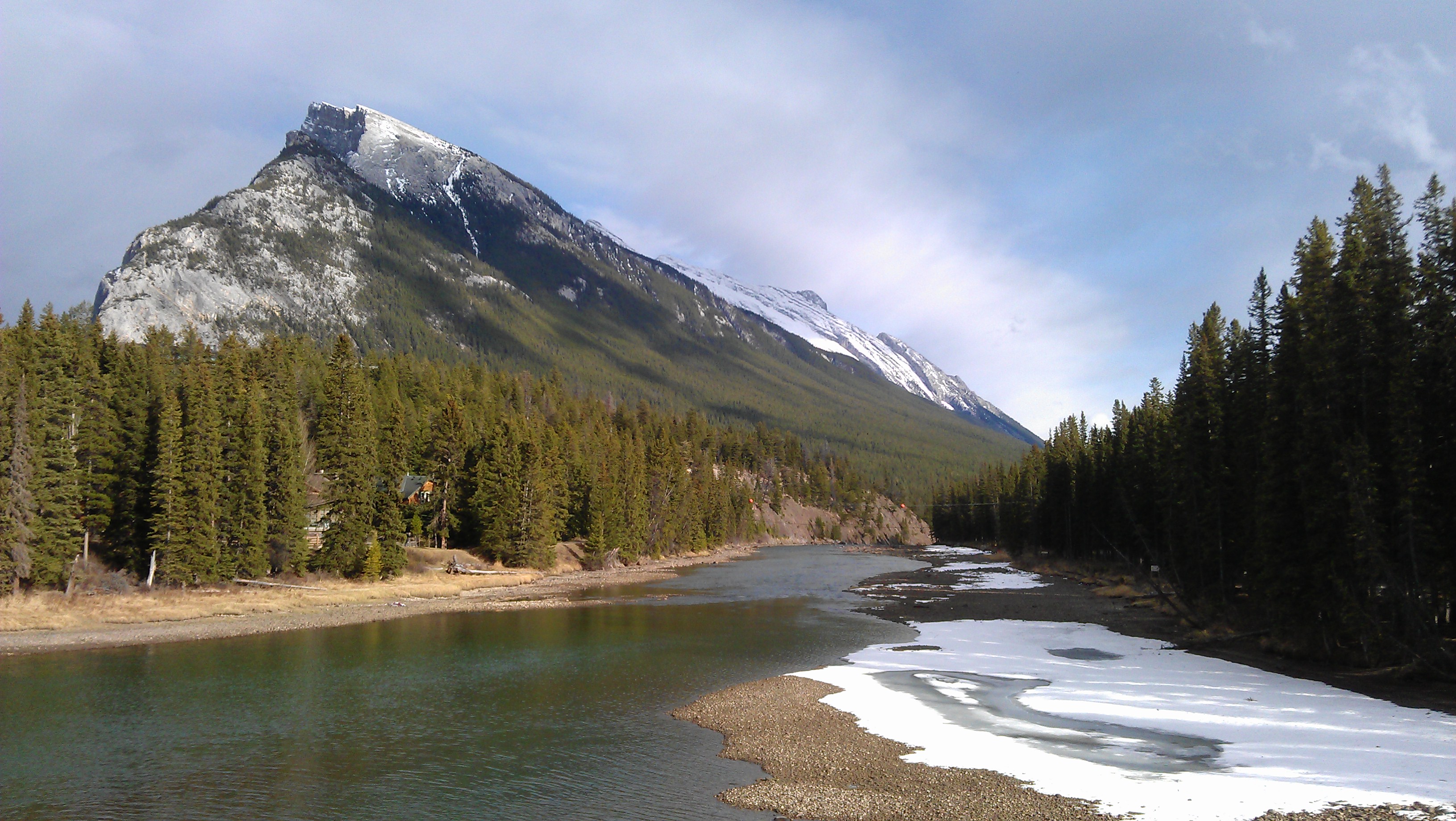
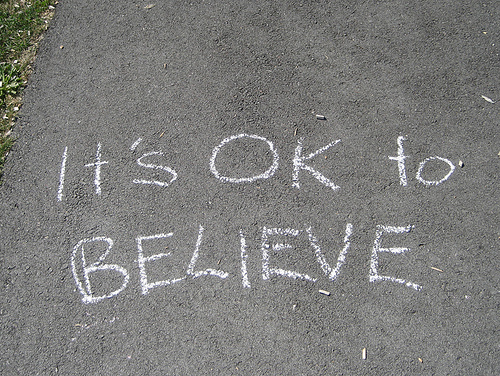
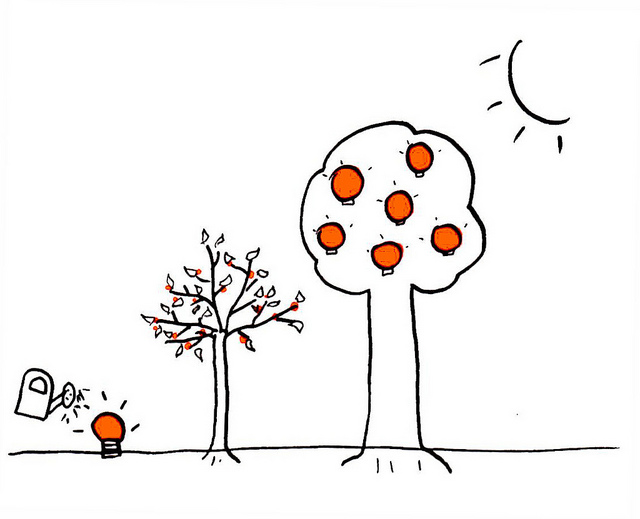
Leave A Comment